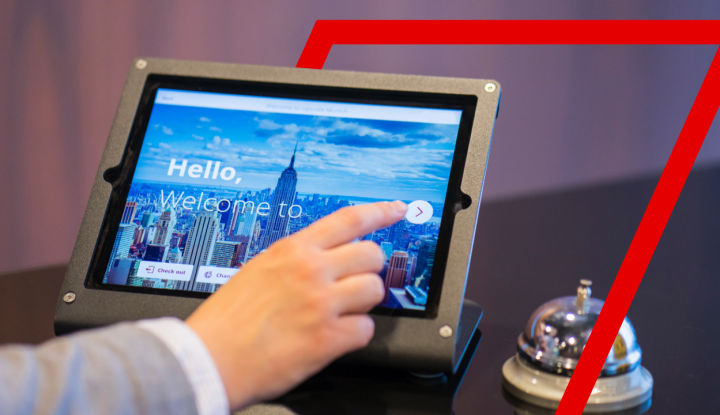The hub-and-spoke model revolutionized the airline business. By centralizing operations in one or more key airports, airlines expanded coverage with less cost. This operational paradigm increased the load factor on aircraft, as it pushed passengers regularly from a spoke to the hub for onward connections.
This successful model could also be the framework for the digitizataion of the travel experience, according to author and aviation expert Nawal Taneja. Speaking at
Sabre Airline Solutions Global Conference in Las Vegas, Taneja proposed a “digital hub-and-spoke” model that would structure Big Data sources in a similar fashion by centralizing disparate flows of information in one place for further distribution. He said:
“We all know what a hub-and-spoke system is for an airline. What I’m proposing is creating another system, called the ‘digital hub-and-spoke’ system. Not physical, but digital.”
This data hub would push data back down a particular spoke as needed, taking on new information and sharing back to the hub. This continuous cycle from spoke to hub and back means that information can grow, shrink and divide according to whatever real-time business decision is most pressing.
Real-time matters
The structure of a digital hub-and-spoke must be perfectly synchronized with the existing physical hub-and-spoke model to reflect the models’ dependency. The digital information is tied to a physical occurrence (whether object, person or process) and an update ot a physical action must quickly transfer into the digital. Then when a requisite decision has been made via the rapid digital hub-and-spoke, the physical system must react accordingly.
When comparing the systems, the key difference is that a digital hub-and-spoke system can equal far more than the sum of its parts. Taneja explains it like this:
“In a physical hub-and-spoke, it’s a zero-sum game. If four airplanes come in, four go out. With a digital hub-and-spoke, it’s a positive feedback loop. If the information on the customer comes in, what goes out has been enhanced through these other information streams. We added information to create something bigger than what came in. The information is becoming richer and more valuable.”
The first step towards true
traveler-facing innovations is to match the physical and digital systems. This work is heavy-handed and long-term, involving a cultural and technological shift towards a united approach.
“It’s only then that we’re able to produce services and experiences that are unimaginable. We can provide predictability to travelers. ‘Yes, I am going to get to my destination.’ Probability is what gives them control. If for whatever reason a flight is delayed, this information allows travelers to control their experience. Control. Targeted to the individual.”
If it sounds complicated, it most certainly is. Airlines are one of the most, if not the most, complex logistics operations in the world. There are many moving parts, and lots of liaising between government agencies, individual passengers, airports, crew and on-the-ground operations.
Yet the entire system can be plagued with inefficiencies that a true digital hub-and-spoke system can remedy. In order to pursue this solution, it takes dedication and a desire to transform an airline’s approach to data, as Taneja concludes eloquently:
“It’s about digitizing the entire system, not just inventory or smaller pieces. It requires a whole new vision and different technology. It also requires a culture to change processes. If an airline is willing to go there, then they can lead into the future.”
Nawal Taneja presented “Digitizing the Experience: How Technology Can Improve the Airline Business Model” at Sabre Airline Solutions’ 2016 Global Conference in Las Vegas, Nevada.






